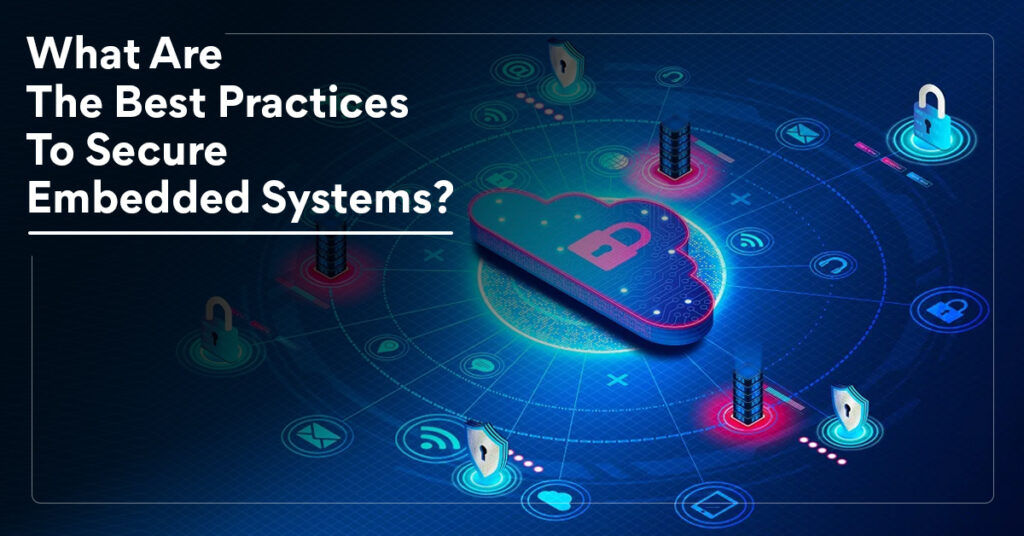
Embedded systems are everywhere, finding applications in diverse areas such as automobiles, medical devices, and home security systems. Their increasing prevalence in our daily lives underscores their importance in our routines. Still, it also brings significant security concerns that must be addressed by implementing security best practices. As embedded systems are compact and include cost-effective design, these systems often lack the resources for a comprehensive security solution.
Furthermore, the fact that many of these devices connect to the internet exposes them to potential cyberattacks, impacting device functionality, consumer experience, and business data. This blog explores the challenges of securing embedded systems and four best practices to safeguard them against malicious events.
Secure Boot:
A secure boot process is one of the first lines of defense in securing embedded systems. Secure boot ensures that only authorized and unaltered code is executed during the system startup. Secure boot prevents malicious entities from injecting unauthorized code, protecting the system’s integrity from the outset, using cryptographic signatures and secure key storage.
Secure Enclaves:
The secure is another defense-in-depth strategy within the system, which allows sensitive operations to take place by isolating themselves from the surrounding systems. Therefore, it ensures that sensitive processes such as authentication and encryption are shielded against potential risks. By implementing secure enclaves, embedded systems can create a secure haven for sensitive data, adding an extra layer of protection against various threats.
Firmware Over-The-Air (FOTA) Updates:
Keeping embedded systems secure involves more than just initial deployment – it requires continuous monitoring and updating. FOTA updates enable the delivery of firmware updates over the air, ensuring that devices are equipped with the latest security patches and bug fixes. This approach minimizes vulnerabilities by promptly addressing and mitigating potential security threats without requiring physical access to the devices.
Zero Trust Architecture (ZTA):
Zero Trust Architecture (ZTA) is a revolutionary approach that challenges the traditional perimeter-based security model. In a ZTA framework, trust is never assumed, and verification is required from anyone trying to access the system, regardless of location. By adopting the principle of least privilege, where users and devices have only the minimum access necessary, embedded systems can significantly reduce the attack surface and enhance overall security.
Integrating these security techniques into a combined power is crucial to creating a robust defense-in-depth strategy for embedded systems. However, you can implement various security measures in embedded systems through embedded Linux development services offered by many product engineering companies.
As embedded systems continue to play an increasingly vital role in our daily lives, safeguarding them against evolving security threats is paramount. A defense-in-depth approach, incorporating modern security techniques like secure boot, secure enclaves, FOTA updates, and zero trust architecture, provides a comprehensive solution to the multifaceted challenges of the interconnected world of embedded systems. By adopting these advanced security measures, Sunstream, through its embedded software development services, can fortify embedded systems, ensuring they remain resilient, trustworthy, and capable of meeting the demands of the digital age.




 +1.585.935.7123
+1.585.935.7123 +91-804-148-6861
+91-804-148-6861